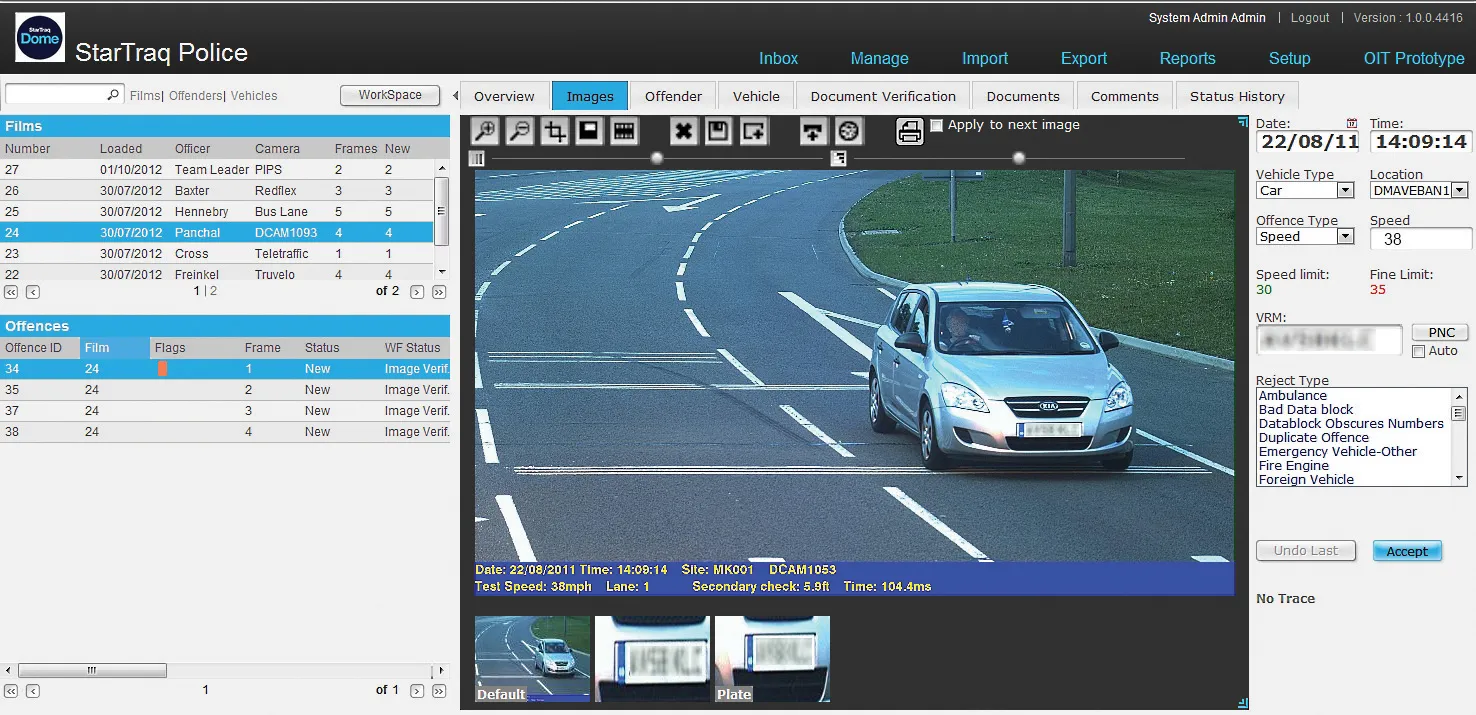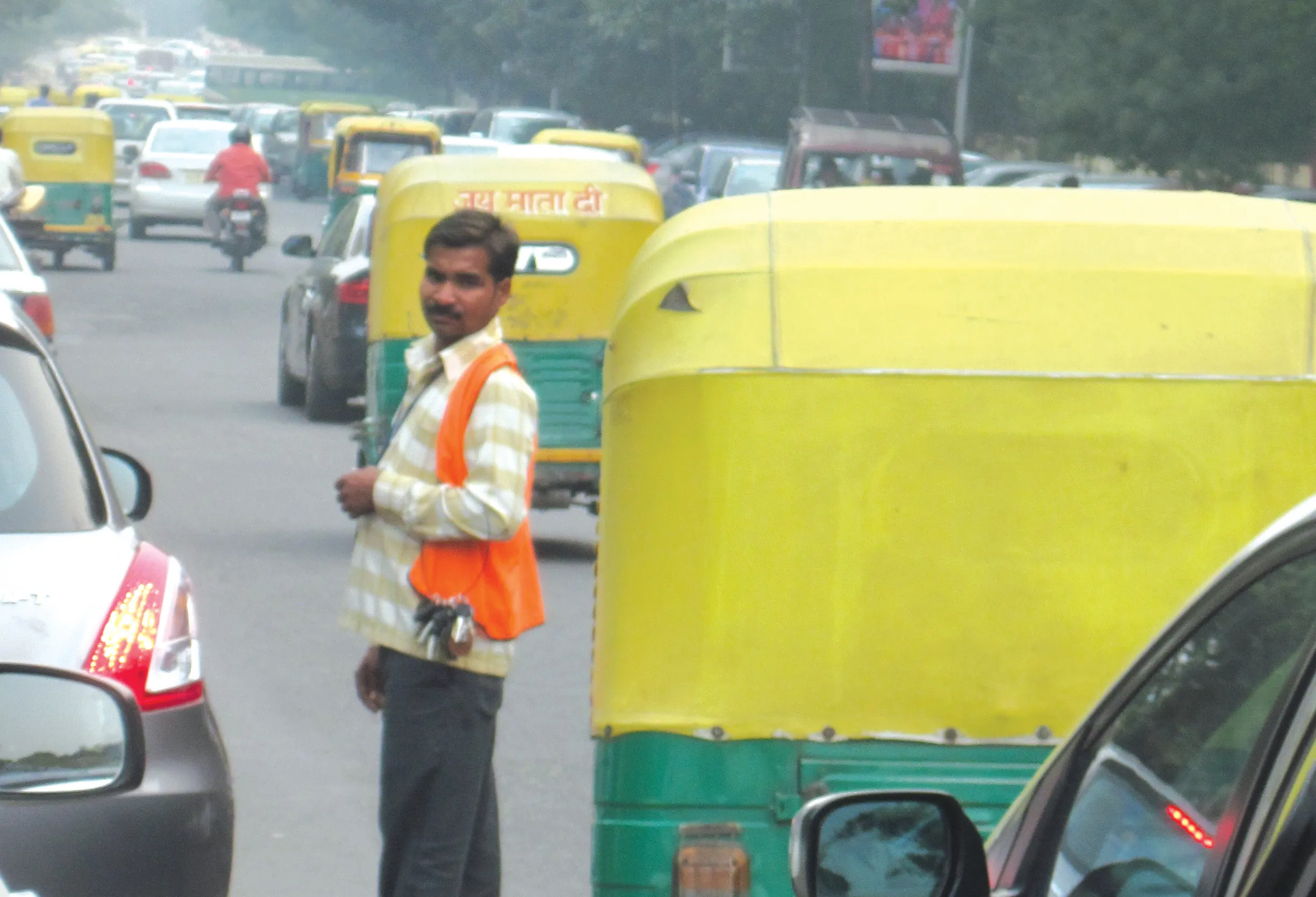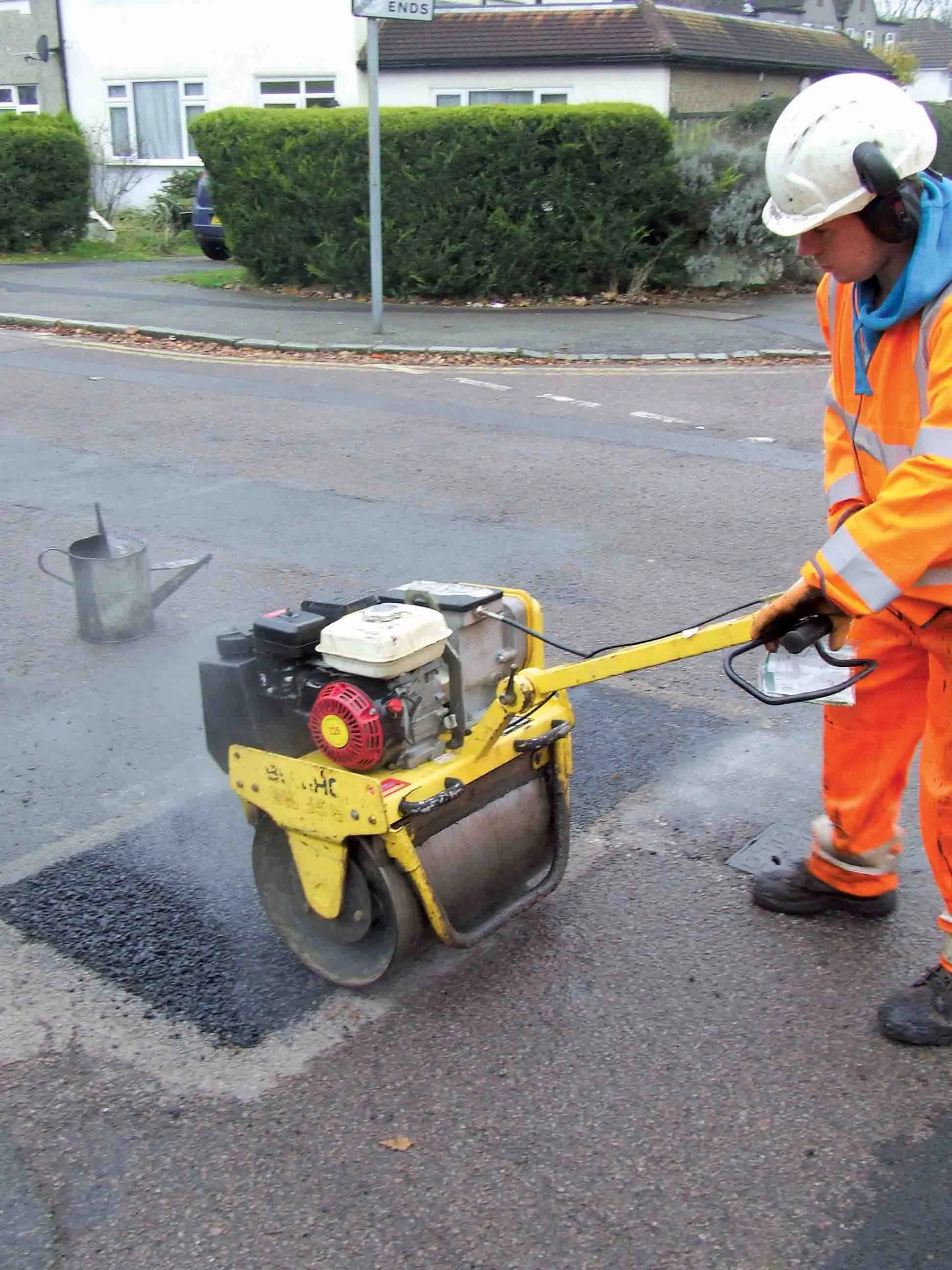StarTraq says the implementation of its browser-based road traffic offence processing software has been completed within the Land Transport Authority (LTA) of Fiji. Through the use of StarTraq Dome, the Fijian LTA is said to have installed the required infrastructure to process high volumes of offences promptly, efficiently and at a reduced cost.
June 25, 2013
Read time: 2 mins

Through the use of StarTraq Dome, the Fijian LTA is said to have installed the required infrastructure to process high volumes of offences promptly, efficiently and at a reduced cost. Faced with the challenge of interfacing with three major systems currently used by the LTA, StarTraq’s Dynamic Offence Management and Enforcement system is said to allow the Authority to capture, adjudicate and process road traffic offences with very little manual interaction – by accessing one system only.
Offence images captured by the Truvelo D-Cam cameras are automatically transferred into the StarTraq Dome, which communicates the number plate details to Fijian national vehicle register Interbase in order to obtain the registered keeper details of the vehicles captured. The StarTraq Dome further updates Interbase with the offence details once the violation has been accepted. Offence notices are being printed via StarTraq’s bulk print solution StarPrintServer, which archives an electronic copy of all outgoing correspondence into both the StarTraq Dome and into the LTA’s existing CRM system for future reference.
Just 12 months ago, there was no road traffic legislation in place in Fiji. Reflecting on the massive progress, Naisa Tuinaceva - CEO at the Fijian LTA - said, “Being able to enforce speed and red-light offences efficiently and cost-effectively through StarTraq’s automated back office software is a massive milestone for us and our citizens as it will help create safer roads by modifying driver behaviour.“
StarTraq already has significant experience in deploying its software solution and is currently implementing the StarTraq Dome across the UK both for individual organisations and for larger collaborative enforcement organisations.









